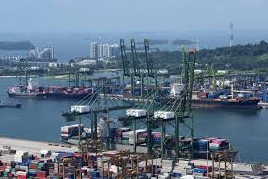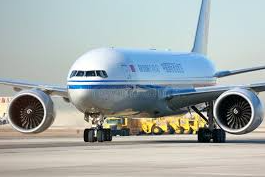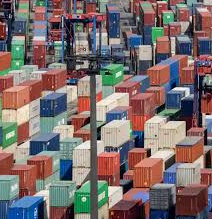While Facing Economic Risks, Singapore May Gain a Competitive Edge Over Regional Peers
Singapore’s economy faces potential headwinds following the announcement of new US tariffs on global imports. However, analysts suggest that while the city-state could experience disruptions in trade and investment, it might also emerge as a preferred supplier due to lower tariff rates compared to its regional neighbours.
US Tariffs and Their Regional Impact
US President Donald Trump unveiled a sweeping 10% tariff on all imports, with significantly higher rates imposed on countries perceived as trade adversaries. While China now faces a total 54% levy, and several Southeast Asian nations—such as Vietnam, Malaysia, and Thailand—are subject to tariffs between 18% and 49%, Singapore has been spared the harsher penalties, receiving only the baseline 10% rate.
Despite this relative advantage, economists warn that Singapore’s open economy remains highly exposed to a global trade slowdown. Mr Suan Teck Kin, head of research at UOB, pointed out that potential tariffs targeting pharmaceuticals and semiconductors could directly impact Singapore’s core industries. Growth had already softened in early 2025, with manufacturing, logistics, and trade sectors slowing.
Challenges and Silver Linings
Ms Selena Ling, chief economist at OCBC, noted that a downturn in regional economies could lead to reduced demand for goods and services in Singapore, given its central role in trade financing and supply chains. Additionally, the high cost of labour and limited land availability may restrict Singapore’s ability to scale up production and attract new businesses fleeing higher tariffs elsewhere.
However, Ms Sheana Yue, an economist at Oxford Economics, pointed out that US importers seeking lower-taxed alternatives might turn to Singapore, potentially increasing its market share in key exports. Furthermore, Chinese manufacturers, previously rerouting goods through Vietnam, may now shift transshipment routes to Singapore to bypass the steep levies on Vietnamese exports.
Financial Market and Investment Outlook
While broader Asian stock markets have felt the pressure of Trump’s tariffs, Singapore’s financial sector could see relative gains. Mr Tai Hui, chief market strategist for JP Morgan, suggested that investors may favour economies with lower tariff exposure, listing Singapore, Australia, the UK, and Brazil as potential bright spots.
On Thursday, Singapore’s benchmark stock index opened 1% lower but recovered most losses, outperforming major Asian markets such as Japan, South Korea, and Hong Kong, which suffered sharper declines.
Uncertain Future
Despite possible advantages, analysts remain cautious about Singapore’s long-term outlook, as much depends on how global trade patterns adjust and whether firms diversify supply chains towards the city-state. While Singapore is positioned as a “relative winner”, Ms Ling warned that it remains too early to determine whether the overall impact will be net positive or negative.








